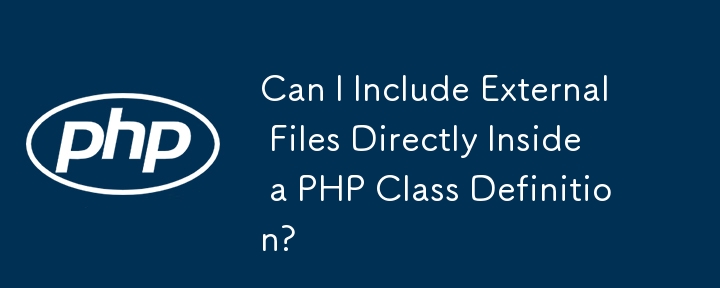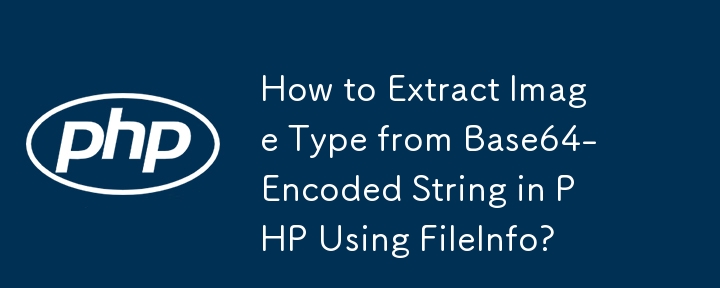Found a total of 10000 related content
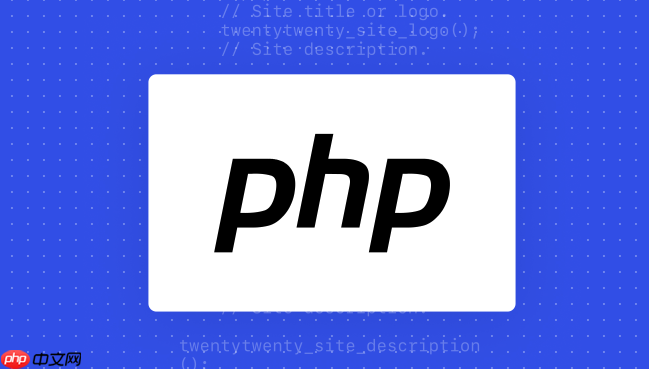
PHP integrated AI intelligent image processing PHP image beautification and automatic editing
Article Introduction:PHP integrated AI image processing requires the help of a third-party API or local model, which cannot be directly implemented; 2. Use ready-made services such as Google CloudVision API to quickly realize facial recognition, object detection and other functions. The advantages are fast development and strong functions. The disadvantages are that they need to pay, rely on the network and have data security risks; 3. Deploy local AI models through PHP image library such as Imagick or GD combined with TensorFlowLite or ONNXRuntime. It can be customized, the data is safer, and the cost is low, but the development is difficult and requires AI knowledge; 4. Mixed solutions can combine the advantages of API and local model, such as using API for detection and beautification of local models; 5. Selecting AI image processing API should be comprehensive
2025-07-23
comment 0
818
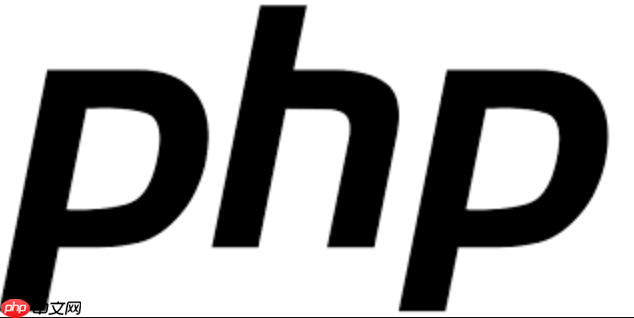
How to use PHP to realize AI image style conversion PHP image special effects automation processing
Article Introduction:To use PHP to implement AI image style conversion, you need to follow the following steps: 1. Select a suitable AI model, such as CycleGAN or StyleTransfer, and you can use the trained model or train it yourself; 2. Deploy the model to the server, such as TensorFlowServing or TorchServe; 3. PHP calls the AI model and execute it through shell_exec or Symfony/Process components; 4. Use GD library or Imagick extension to perform image preprocessing; 5. Color adjustment, sharpening and other post-processing of the conversion results; 6. Display the results through HTML, CSS, and JavaScript. PHP acts as a bridge and is responsible for connecting
2025-07-25
comment 0
433



Imagick vs GD
Article Introduction:Key Points
GD and ImageMagick are both popular PHP image processing libraries. GD is more widely used and ImageMagick is more powerful.
In terms of performance, there is no absolute advantage or disadvantage between the two, and the speed depends on the specific application scenario.
The encoding styles are significant. GD adopts procedural programming, and ImageMagick supports object-oriented programming through the Imagick class.
In addition to these two libraries, there are other options, such as cloud image processing platforms or components that have been integrated into the application.
introduction
In PHP applications, if you need to create thumbnails, apply image filters, or perform other image conversions, you need to use the image processing library. Usually, you'll choose GD or ImageMagick. But which library
2025-02-22
comment 0
1307
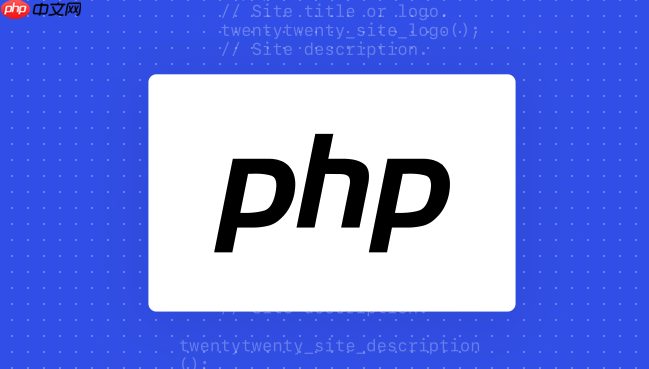
PHP realizes image upload and processing monetization PHP image management and optimization technology
Article Introduction:Effectively managing massive images requires CDN or cloud storage to improve performance and scalability; 2. Optimize file structure through reasonable naming rules and directory storage; 3. Use PHP to automatically compress and convert it into efficient formats such as WebP to reduce volume; 4. Combine front-end responsive images and lazy loading technology to improve loading speed; 5. Realize signature URL anti-theft chain and upload security verification to prevent malicious files, thereby building a safe and efficient picture system to support commercial monetization.
2025-07-25
comment 0
633
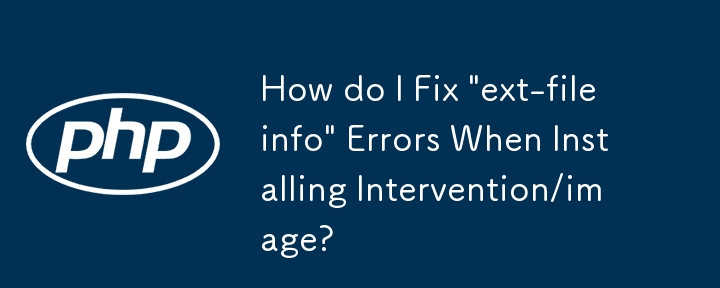
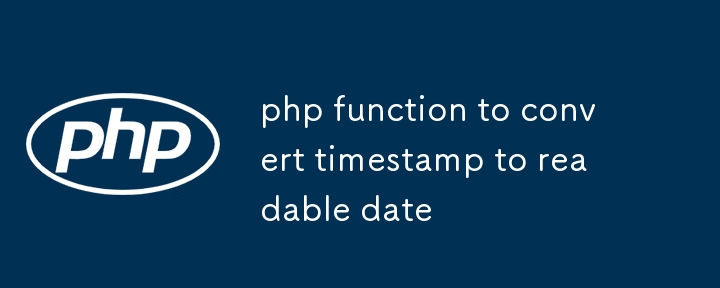
php function to convert timestamp to readable date
Article Introduction:There are two main ways to convert timestamps to readable formats in PHP. 1. Use the date() function, such as date("Y-m-dH:i:s",timestamp); 2. Use the DateTime class to implement more complex date processing, such as newDateTime("@timestamp") and combine the format() method; in addition, when processing time zones, you can adjust them through setTimeZone() to ensure accuracy for global users.
2025-07-21
comment 0
570
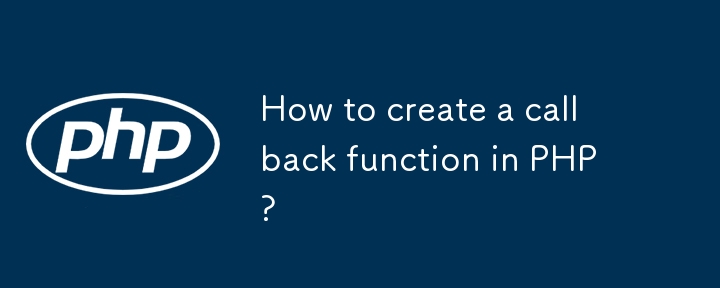
How to create a callback function in PHP?
Article Introduction:There are three main ways to create callback functions in PHP, namely, using ordinary functions, anonymous functions and class methods. A callback function is a function passed as a parameter to another function, and is often used in scenarios such as array processing, event-driven programming, and asynchronous processing. 1. When using ordinary functions, you need to pass the function name as a string, such as 'multiply_by_two'; 2. Using anonymous functions (Closure) can make the code more concise and suitable for one-time use; 3. When using class methods, the static method is passed through ['ClassName','method'], and the instance method is passed through objects. It is recommended to choose the appropriate method according to the logical complexity and pay attention to access permissions and code maintainability.
2025-07-07
comment 0
339
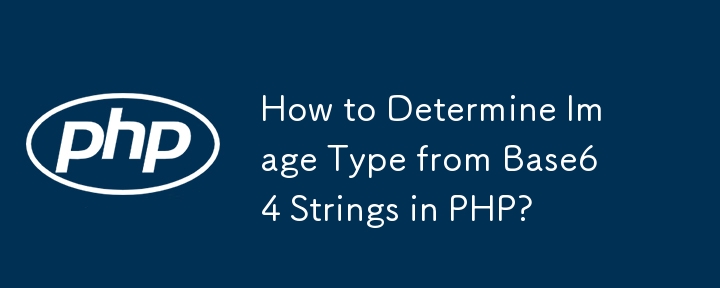
How to Determine Image Type from Base64 Strings in PHP?
Article Introduction:PHP enables image type identification from base64 strings. FileInfo empowers developers to unveil the underlying image format through base64 decoding, enabling subsequent processing and handling.
2024-10-23
comment 0
1229
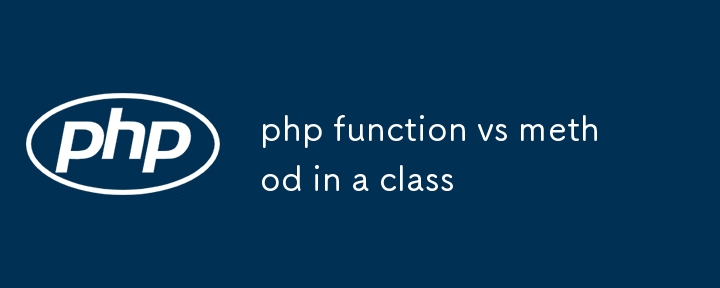
php function vs method in a class
Article Introduction:function is an independent function, suitable for general functions; method is part of the class, suitable for encapsulating object behavior. Function can be called directly, with global scope, cannot access class attributes, does not support object-oriented features, and is suitable for small scripts; method needs to be called through objects or classes, belongs to the class, can access private attributes, supports inheritance polymorphism, and is suitable for large project structures. Function or method should be used according to whether the status and encapsulation are required.
2025-07-23
comment 0
388

Loading and manipulating images with HTML5 Canvas.
Article Introduction:Loading the image to HTML5Canvas requires waiting for the image to load. You can perform drawing operations through the img.onload callback; use the drawImage method to draw a complete image, scale the image or capture a partial image; after drawing, you can use getImageData to obtain pixel data and write back the modified content with putImageData. The specific steps are: 1. Create Image object and set src; 2. Call drawImage in the onload callback to draw the image; 3. Use different parameters of drawImage to achieve image drawing, scaling and cropping; 4. Get the pixel array through getImageData for processing; 5. Use putImag after the processing is completed
2025-07-04
comment 0
703

How can I merge two images into one using PHP?
Article Introduction:Merging Images with PHP: Unveiling the SecretsCombining two images into a single canvas is a common task in image processing. PHP offers a robust...
2024-11-09
comment 0
744

php get yesterday's date
Article Introduction:There are three ways to get yesterday's date in PHP: use the strtotime() function, combine the date() function to output detailed time, or use the DateTime class for flexible processing. The first method directly obtains yesterday's date through echodate('Y-m-d',strtotime('yesterday')); the second method can output the full time containing time, minutes and seconds, such as echodate('Y-m-dH:i:s',strtotime('yesterday')); the third method uses the object-oriented DateTime class to facilitate the execution of complex date operations, such as adding and subtracting days or setting time zones, with the code as $date=n
2025-07-04
comment 0
159

How Can I Run PHP Code from Within Python?
Article Introduction:This article discusses the challenge of obtaining an image from a large external PHP script. It proposes a solution using Python's subprocess module to execute PHP scripts and retrieve the output, enabling the processing of the image within Python.
2024-10-22
comment 0
707

How Do I Access EXIF Data in Python?
Article Introduction:This article provides a comprehensive guide on how to access EXIF data from an image in Python using the _getexif() method of the PIL Image class. It covers both numerical tag-based and tag name-based methods for EXIF data retrieval. This information
2024-10-22
comment 0
850

Polymorphism in python classes
Article Introduction:Polymorphism is a core concept in Python object-oriented programming, referring to "one interface, multiple implementations", allowing for unified processing of different types of objects. 1. Polymorphism is implemented through method rewriting. Subclasses can redefine parent class methods. For example, the spoke() method of Animal class has different implementations in Dog and Cat subclasses. 2. The practical uses of polymorphism include simplifying the code structure and enhancing scalability, such as calling the draw() method uniformly in the graphical drawing program, or handling the common behavior of different characters in game development. 3. Python implementation polymorphism needs to satisfy: the parent class defines a method, and the child class overrides the method, but does not require inheritance of the same parent class. As long as the object implements the same method, this is called the "duck type". 4. Things to note include the maintenance
2025-07-05
comment 0
470













